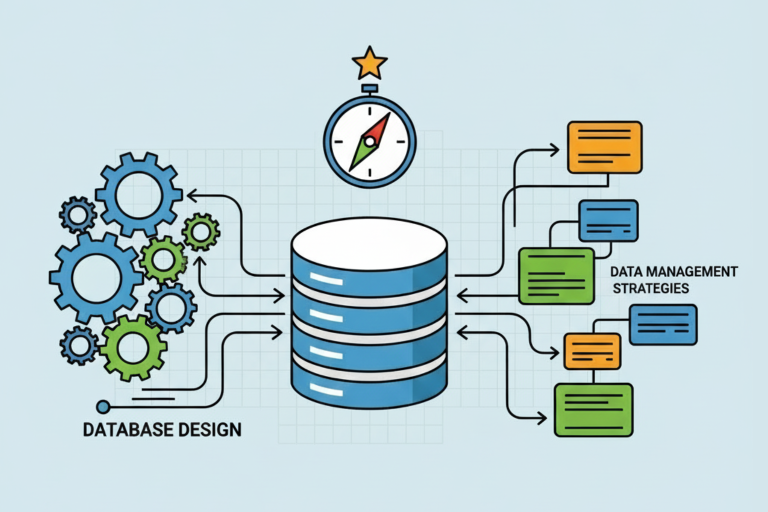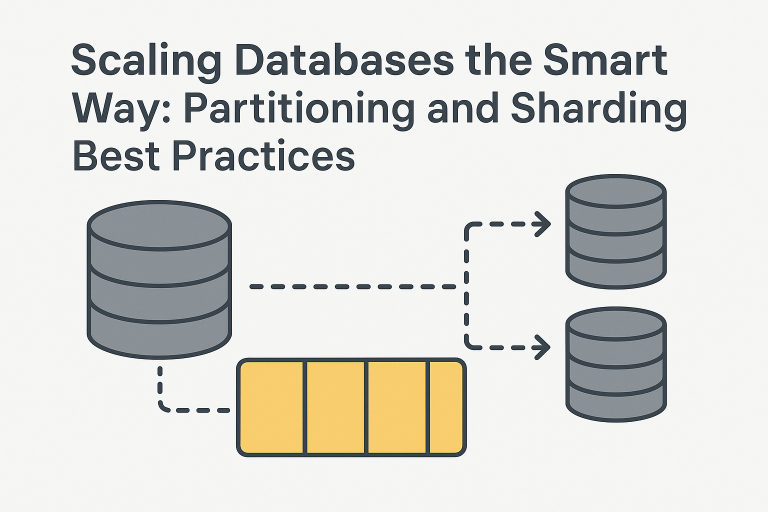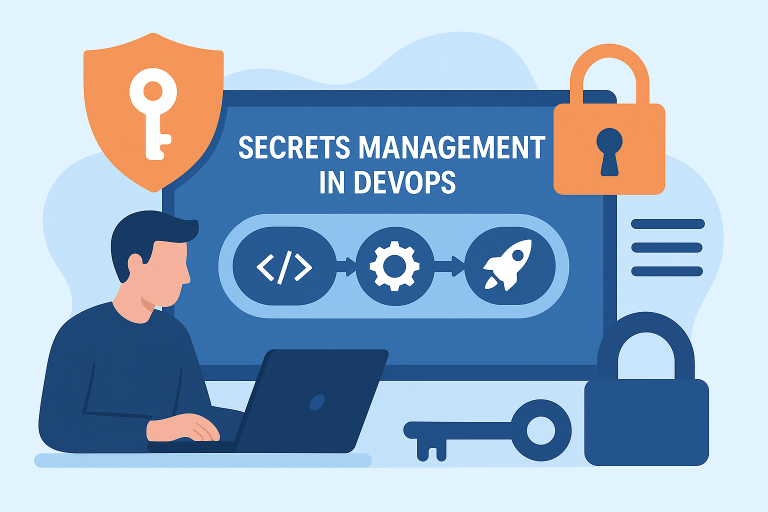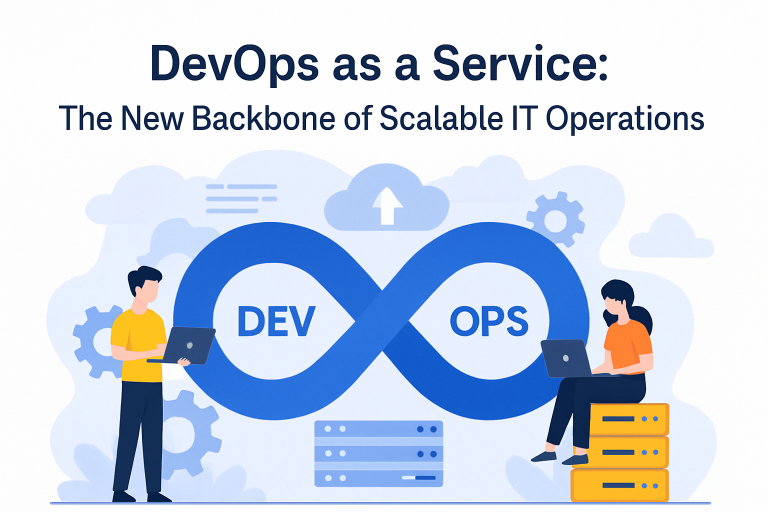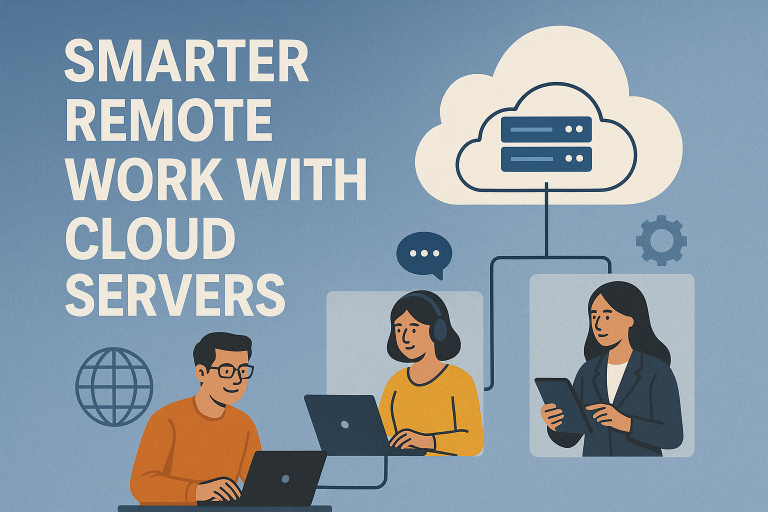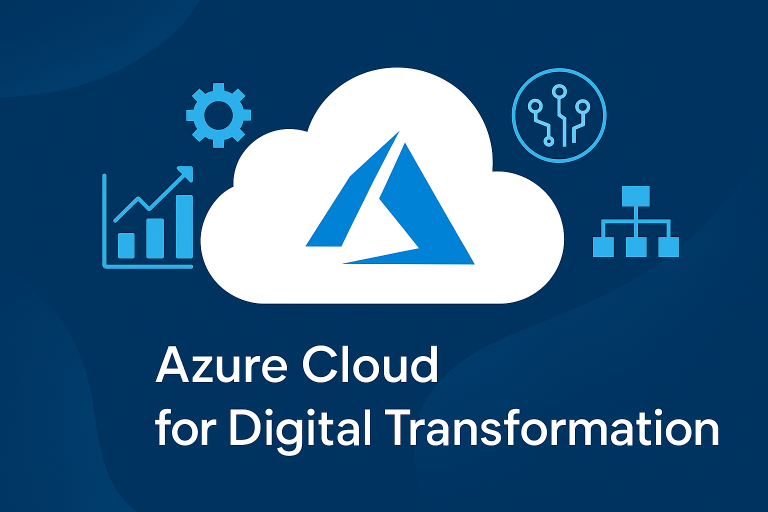Technology continues to advance and evolve. To keep up with the ever-evolving IT world, businesses need to upgrade their IT infrastructure. Traditional IT infrastructure, involving on-premises hardware and software, is no longer the only option for organizations. In recent years, the shift towards cloud computing has become prominent, offering many benefits over traditional IT setups.
Why Move from Traditional IT Infrastructure to Cloud-Based IT Environment?
Legacy systems are often built using outdated technologies that lack the necessary speed, agility, and adaptability to integrate with modern tech. Consequently, updating these systems is complex and expensive. Additionally, legacy systems may have weak security, thereby making them vulnerable to data breaches. Furthermore, the costly maintenance creates inefficiencies, which require special expertise and extensive time. Moreover, outdated frameworks can lead to data silos, making it challenging to extract value or connect with new systems. As a result, lack of integration and compliance can lead to missed opportunities and fines. In turn, businesses may struggle to react to market changes, ultimately resulting in missed opportunities and a lack of innovation.
On the other hand, cloud computing uses remote servers to store, manage, and process data, rather than relying on on-premises hardware. Various types of cloud computing services are available, including public, private, and hybrid clouds, each with unique benefits.
Benefits of Moving from Traditional IT Infrastructure to the Cloud
Improved Scalability: Traditional IT infrastructure requires purchasing and maintaining hardware and software, which can be costly and time-consuming. Cloud computing allows businesses to scale resources up or down to meet changing demands quickly. This is particularly useful for businesses with seasonal or cyclical spikes in demand.
Cost Savings: Cloud computing offers cost savings by eliminating the need for significant upfront investments in hardware and software. Businesses only pay for the resources they use, which helps reduce IT costs, especially with fluctuating demand.
Accessibility: Cloud-based solutions can be accessed from anywhere with an internet connection, facilitating remote work and collaboration across locations.
Flexibility: Cloud solutions are more flexible than traditional on-premise setups. They can be customized and configured to meet specific business needs.
Security: Cloud providers offer advanced security measures and regular updates to protect against cyber threats, which can be more challenging and costly to maintain on-premises.
Disaster Recovery: Cloud environments often include built-in disaster recovery and backup capabilities, minimizing downtime in case of data loss or system failure.
Innovation: Cloud providers frequently release new features and updates, allowing businesses to stay ahead and take advantage of new technologies quickly.
Improved Agility: Cloud computing allows businesses to quickly deploy new resources without lengthy procurement processes, helping them stay competitive in fast-moving markets.
Traditional IT Infrastructure to Cloud Migration Strategies
There are multiple ways to shift from a legacy IT environment to the cloud:
Lift and Shift Migration: Moving an application or workload from on-premises to the cloud without significant changes. This method is fast but may not fully leverage the cloud’s benefits.
Re-Platforming Migration: Making some changes to the application or workload before migrating to the cloud, such as moving from a physical server to a virtual machine or from a proprietary database to a cloud-native service.
Refactoring Migration: Making significant changes to the application or workload, like rewriting it using cloud-native technologies, to fully benefit from the cloud’s scalability and flexibility.
Hybrid Migration: Using a combination of on-premises and cloud infrastructure. This approach helps organizations maintain control or meet regulatory requirements.
Multi-Cloud Migration: Using multiple cloud providers to host different applications or workloads, avoiding vendor lock-in and leveraging different providers’ strengths.
Cloud Burst Migration: Using the cloud to handle spikes in demand while running most of the workload on-premises. This approach helps avoid maintaining extra on-premises infrastructure.
Conclusion
The benefits of cloud computing make it an attractive option for businesses seeking to modernize their IT infrastructure. By leveraging cloud computing services, companies can reduce costs, increase scalability and agility, and improve performance. A well-planned cloud migration can help businesses embrace these benefits effectively. Consulting with IT infrastructure management services can ensure a smooth transition from Traditional IT Infrastructure to Cloud.
